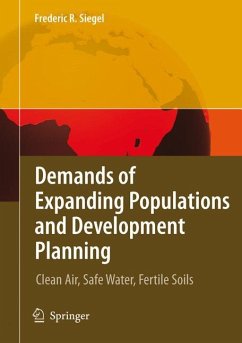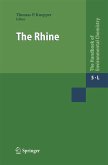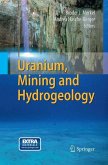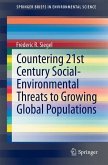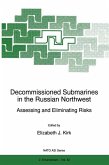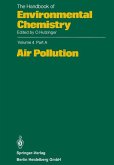The world's ever increasing population is suffering from bad air, unsafe water and insufficient nutrition. This is often the result of chemical contamination of the atmosphere, hydrosphere and soils by human activities. This book discusses growing populations emphasizing both regional and national situations, the effects of chemical contamination on them and ways to alleviate or eliminate these effects through the application of knowledge, technology and proactive and integrated planning, including investment stimulated by government tax incentives and environmental legislation. For the first time topics including population growth, ecosystem chemistry and development planning have been melded into a single text appropriate for both advanced graduate studies and use by development planners.
Population: Answering the Needs and Demands The world's human populationis 6. 6+ billion people and growing(by 80 million in 2005). Most of the growth is in less developed nations. The Population Reference Bureau (2006) estimates that the global population will reach 7. 9 billion people by 2025. It is projected to stabilize at 9. 2+ billion people by 2050. Governmentsstrive to attract industrial, manufacturing, services, and other projects to advance their economiesandthuscopewithexistingsocial andpoliticalproblemsand futurech- lenges heightened by expanding populations. They are encouraged in these efforts by international lending and development organizations such as the World Bank and the International Finance Corporation. These and other multilateral, regional and sub-regional development banks make funds available for economic and social improvement programs in developing countries (Table p. 1). Well-planned projects can stimulate economic growth and create wealth in a society. This wealth can be used to promote the health, education, and general welfare status of its members, and their employment opportunities even as populations expand. There are many theories that de ne and expound on economic development. Malizia and Feser (1999) summarize the theories in terms of their essential - namics, strengths and weaknesses, and how they are applied to achieve growth. All theories agree that economic advancement is based on investing capital in projects that can ourish and yield nancial gain over extended periods of time.
Population: Answering the Needs and Demands The world's human populationis 6. 6+ billion people and growing(by 80 million in 2005). Most of the growth is in less developed nations. The Population Reference Bureau (2006) estimates that the global population will reach 7. 9 billion people by 2025. It is projected to stabilize at 9. 2+ billion people by 2050. Governmentsstrive to attract industrial, manufacturing, services, and other projects to advance their economiesandthuscopewithexistingsocial andpoliticalproblemsand futurech- lenges heightened by expanding populations. They are encouraged in these efforts by international lending and development organizations such as the World Bank and the International Finance Corporation. These and other multilateral, regional and sub-regional development banks make funds available for economic and social improvement programs in developing countries (Table p. 1). Well-planned projects can stimulate economic growth and create wealth in a society. This wealth can be used to promote the health, education, and general welfare status of its members, and their employment opportunities even as populations expand. There are many theories that de ne and expound on economic development. Malizia and Feser (1999) summarize the theories in terms of their essential - namics, strengths and weaknesses, and how they are applied to achieve growth. All theories agree that economic advancement is based on investing capital in projects that can ourish and yield nancial gain over extended periods of time.

